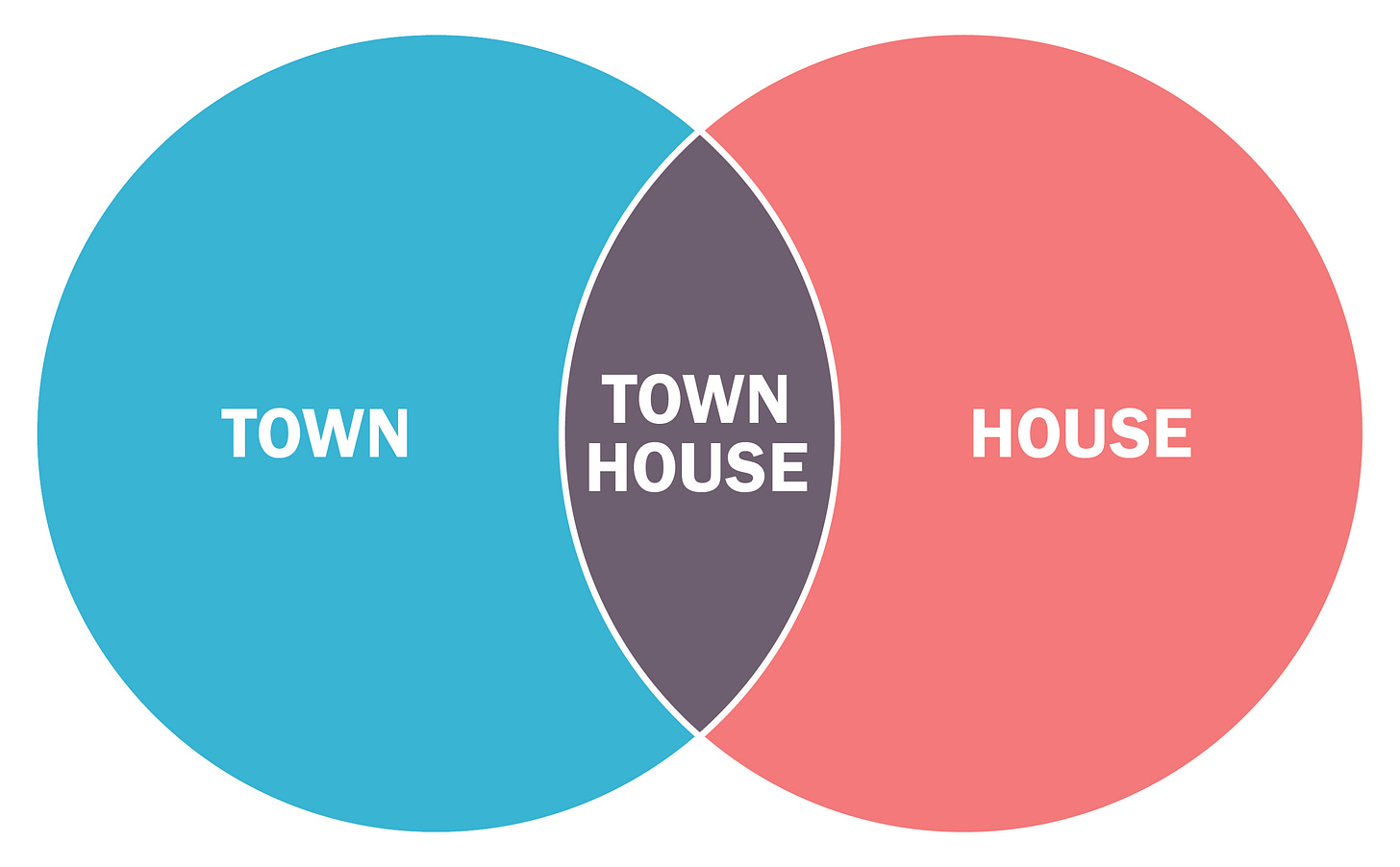How to solve housing (un)affordability - Part 1 - Legalise "The Missing Middle"
Our cities need more housing that is both affordable and improves how our cities function, while also offering a lifestyle that is actually attractive to Australians.
It seems I am incapable of brevity, so this article is part one of what will be a three-part series of proposals entitled “How to solve housing (un)affordability”.
Everything in this article is intended as a response to the problems identified in my last article, Australian housing culture is incompatible with rapid urbanisation. So if you haven't read it yet, please go and do that now. Some proposals came out a fair bit spicier than I intended them to be when I started this exercise, so you really need to understand how I think about these problems, in order to not get mad and call me a communist in the comments (I am not a communist).
Legalise “The Missing Middle”
Our cities need more housing that is that is both affordable and improves how our cities function, while also offering a lifestyle that is actually attractive to Australians.
In real terms, this means we want less investment pouring into existing housing and more redevelopment of existing housing, building more of "The Missing Middle".
The Missing Middle refers to types of housing that are higher density than a standard suburban house, but are lower density than say, a 4-storey apartment building. Familiar examples include townhouses, duplexes, walkup units etc.
When it’s at its best, The Missing Middle creates a preferable level of density for how cities function, in that it allows many, many more people to live close to public transport, community infrastructure and major employment centres.
The Missing Middle is also a nice halfway point between urban areas and the suburbs that has the added benefit of not locking millions of lower-income people out of the inner suburbs. They can come with many of the perks of owning a house. If you want, townhouses can have 7 bedrooms, a yard, a garage, storage and privacy. Missing Middle neighbourhoods also don’t feel as urban and claustrophobic as being surrounded by apartment buildings sometimes can.
This "middle" is indeed missing from our inner cities because of layer upon layer of poorly-considered policies and overpowered NIMBYism - effectively making it illegal to build where it's most-needed.

Townhouses? Yuck! No thanks.
I know, I know. Most townhouses in Australia are gross - but they don’t have to be!
If the goal is accommodating rapid urbanisation, the industry needs to demonstrate that we can produce Missing Middle housing that is actually attractive to Australians to entice them away from the 800 square metre block.
Making matters worse, the majority of Australian developers don't seem capable of producing townhouses that aren't a miraculous combination of somehow being both ugly beyond belief and low build quality. So I am by no means saying we need more of the same.

I can certainly sympathise with those who object to townhouses for aesthetic reasons. But this is again a uniquely-Australian problem. Europe consistently demonstrates the ability to deliver beautiful and affordable Missing Middle housing that offers a real lifestyle alternative to suburbia.
Townhouses can even be ultra-luxurious if you build them that way - after all, Satan-himself, Jeffrey Epstein lived in a townhouse. Do you really think you’re richer than Epstein on your 800 square meter suburban block?
Abolish Single Family Zoning in inner and middle suburbs
This is the most important one - and that's why it's near the top.
Straight out the gate I want to make sure I’m being clear - nobody is talking about banning detached single family homes. If you want a classic suburban house, there are millions for you to choose from. If you have one, nobody’s going to make you sell it.
Please sir, put down the gun.
Abolishing Single Family Zoning in inner and middle suburbs just means legalising Missing Middle housing, where currently, only classic suburban housing is allowed. So abolishing Single Family Zoning would just mean that you don’t have the right to stop somebody else from building townhouses.
Keep reading with a 7-day free trial
Subscribe to The Emergent City to keep reading this post and get 7 days of free access to the full post archives.




